Last-Minute NYC Holiday Gift Guide 🎁
We’ve created a holiday gift guide with presents for the intrepid New Yorker that should arrive just in time—

The way the sun hits Hotel Lutetia‘s facade as it starts to set is hypnotic. It casts the iconic hotel in a dramatic light, rendering it as mysterious and rich as the stories and history it holds within its walls. It stands in the Saint-Germain-des-Prés area on the Left Bank, on land which used to be vineyards until the 16th century. It was commissioned in 1910 by Aristide Baucicaut‘s widow Marguerite for guests and suppliers who would come from outside of Paris to shop at Le Bon Marché, and built by the famous architects Louis-Charles Boileau and Henry Tauzin. On its facade are vine motifs sculpted by Léonon Binet, symbols of wealth and abundance, a tribute to its vineyard roots.
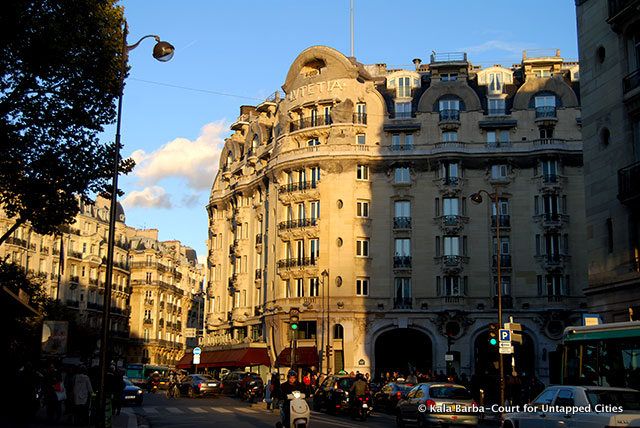
The intellectual and artistic circles revolved around this Left Bank area in the 1920s, and it’s no surprise that Hotel Lutetia welcomed its fair share of these Bohemian types into its rooms and hallways. Josephine Baker, Pablo Picasso, André Gide, Jean Paul Sartre and Simone de Beauvoir are only a handful of personalities who frequented the hotel. It inspired writers, with James Joyce’s Ulysees having been partly written here, and more recently Albert Cohen’s Belle du Seigneur.
With the Second World War brewing, displaced Jewish refugees from France and Europe took shelter in the hotel in an attempt to escape the Nazis, but fate had other plans when the Germans occupied Paris in June 1940. The hotel, which until recently had been a haven for those escaping the Nazi regime, became the headquarters for the Abwehr, the German intelligence service.
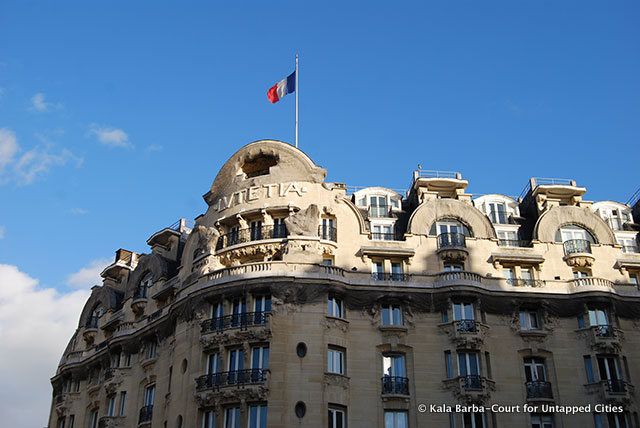
Paris was liberated and in August 1944, and when the hotel was abandoned by the Germans, people once more flocked to its doors, not to escape but to be reunited with their loved ones. Prisoners of war, concentration camp survivors and deportees congregated at Hotel Lutetia. What a sight it must have been: crowds of people milling about under the brilliant chandeliers, scanning the notices on the walls for signs that their loved ones had survived.
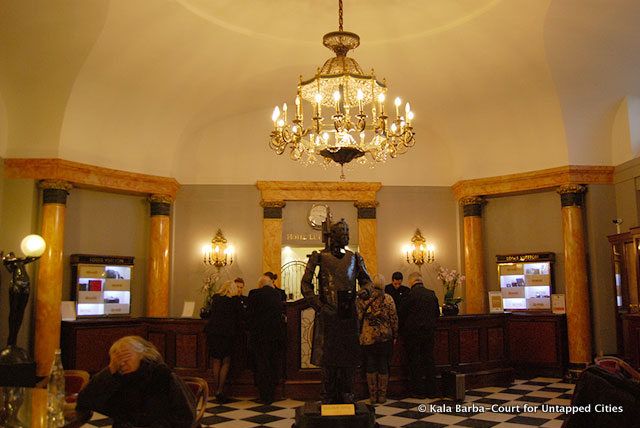
French singer and actress Juliette Gréco was one of the hundreds of people who would wait along the sidewalks of boulevard Raspail, in the hopes of being reunited with her family who were captured by the Germans during the war for their involvement in the Résistance (Gréco herself was caught, but was released because of her young age). She returned every day, accompanied by Albert Camus or Boris Vian, until she found her mother and sister. She has since remained loyal to Hotel Lutetia, always giving interviews in its salons and considering it her home whenever in Paris.
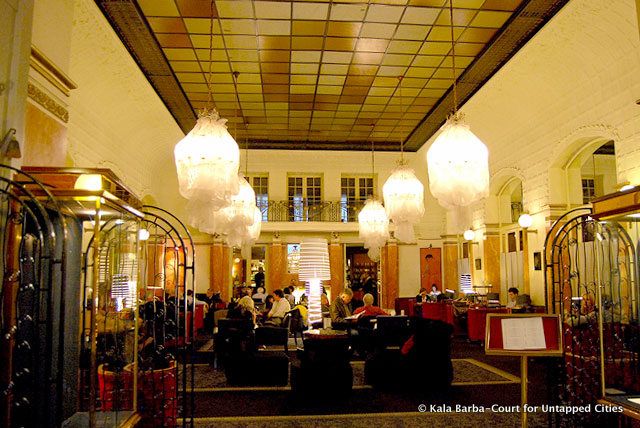
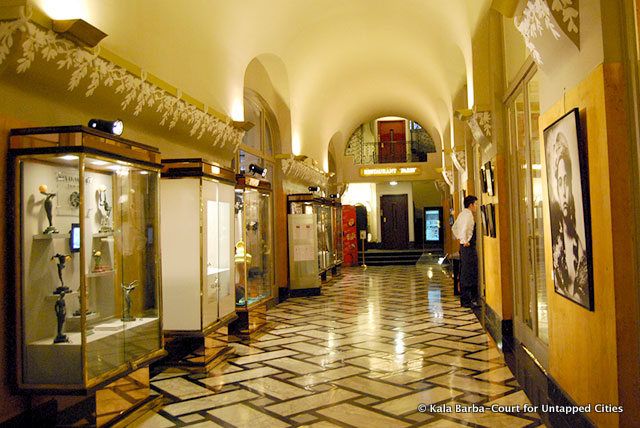
There are 280 works of art displayed in the building, mostly by artists who patronized and stayed at the hotel. A statue of Gustave Eiffel by César Baldaccini stands under an impressive chandelier before the main reception, and just off the main entrance hall to the left are walls decorated with photographs of artists participating in Paris’ Mois de la Photo. The Lutetia Bar, a plush sea of red and gold furnishings in Art Deco style, is dotted with famous paintings and sculptures. Currently on display are the works of sculptor Mauro Corda. A suite has been designed and decorated by the Brazilian brothers and designers Fernando and Humberto Campana, whose unique furniture designs from ordinary material made them the first ever Brazilians to exhibit their work at the MoMA in New York in 1998.
To this day it loyally supports artistic endeavors, and its hotel agenda stretches inexhaustibly into next year, listing various exhibits in different branches of art to be held within its walls. More than a hotel, Lutetia remains an icon: a silent but strong presence that fed the energy and creativity of intellectuals and later reunited war-torn families, an old soul of the Left Bank.
Hotel Lutetia
45 boulevard Raspail, 75006
Subscribe to our newsletter